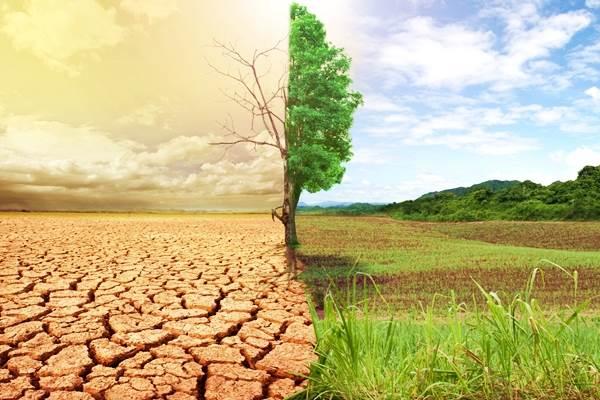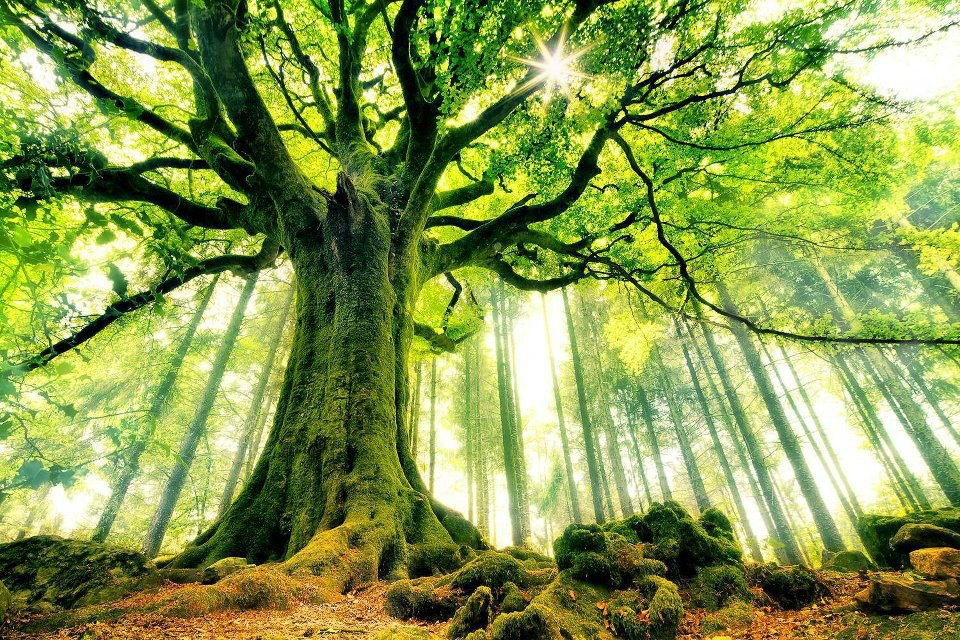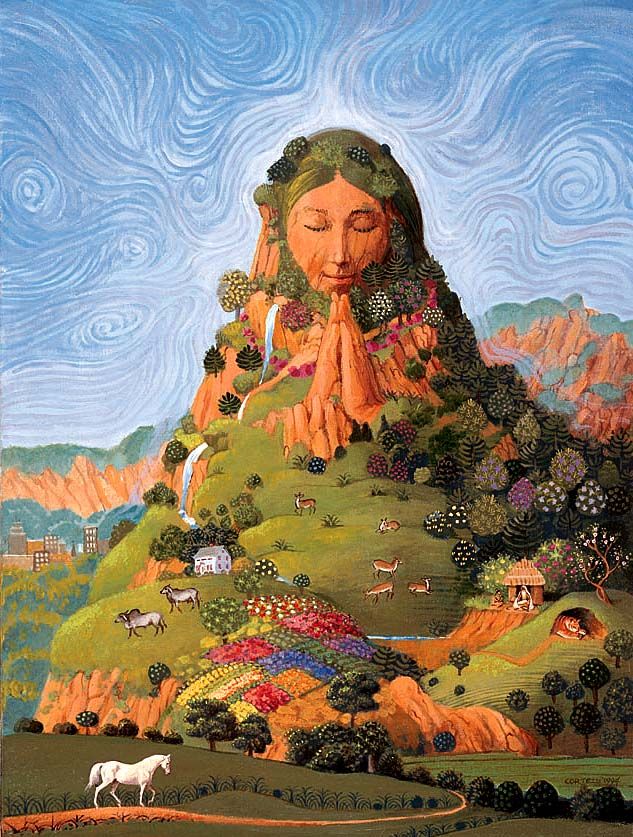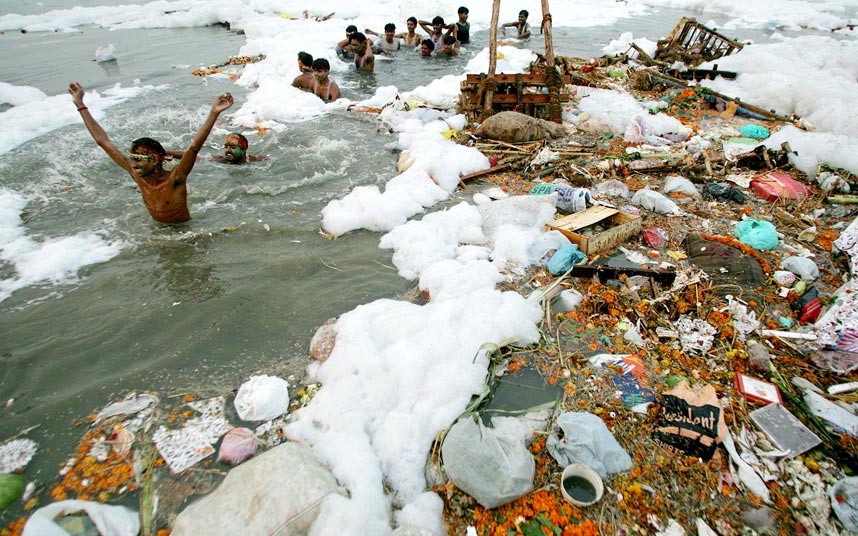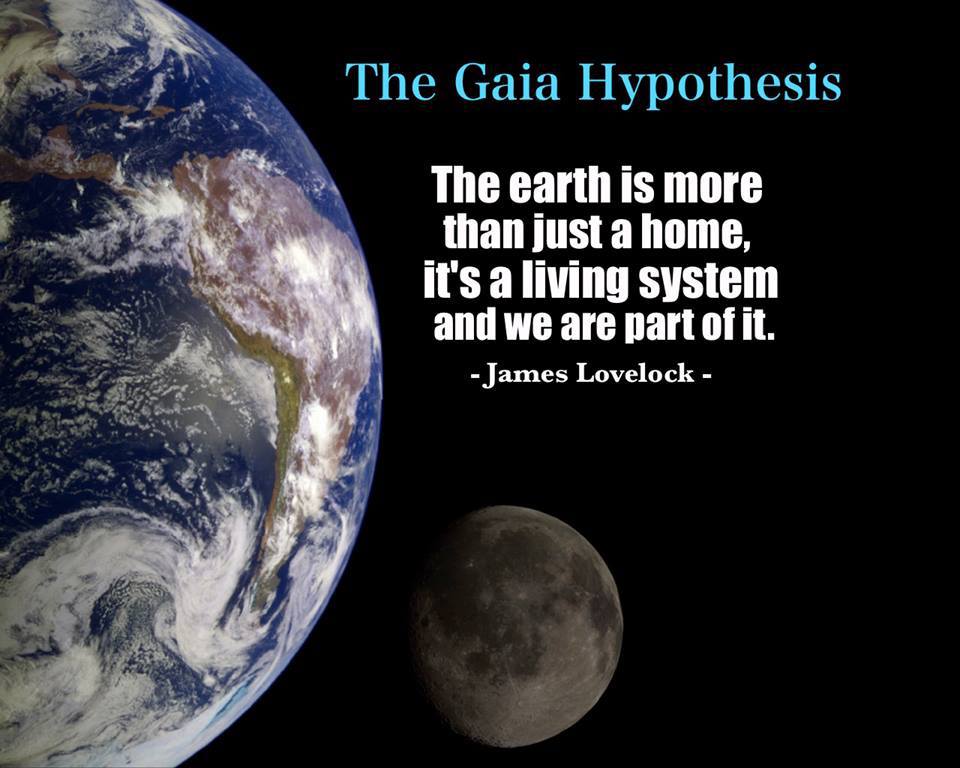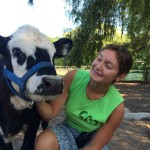By Michele Kaplan
So, as 45 (Trump) has pulled out of the Paris Accord, people are wondering what will happen in regard to climate change and the planet? After all, most people (including science) agree that climate change is one of the major factors behind such devastating storms as Hurricane Sandy, which made areas of New York City look like a war zone.
Climate change is no joke.
And it’s not like Hurricane Sandy is the only storm of this nature. Climate change has and continues to wreak havoc around the world.
And now The President wants to lessen our commitment to fighting climate change? While this is not a shocking outcome, (did we really expect him to do the right thing?), it is a dangerous one, especially for the low income communities and disabled population who are hit the hardest in such storms. Groups that he is already oppressing via his policies.
Related: The impact climate change on indigenous communities?
Granted leaving the Paris Accord, according to Jean-Claude Juncker (President of the EU), is not as simple as 45 seems to think it is and some cities are pledging to ignore 45’s decision and are committing to fight climate change. There are also a number of amazing environmental activist groups who will continue the fight for clean and sustainable energy, and help save the planet.
Now, don’t get me wrong. I think the goal of sustainable energy for all are absolutely attainable and definitely worth fighting for. And I will continue to proudly stand (or sit – as I’m in a wheelchair) with these groups.
But there’s another way that we can fight climate change, that does not require us to get permission from the powers that be. We do not need to petition the CEOs, in hopes they will see the light. It’s something that science has proven to be effective – and yet the moment the topic comes up, people seem to put their fingers in their ears and go “la la la la la la”, so they don’t hear what is being said. It’s unpopular to the point, that I questioned whether it was worth writing this article, as sure the choir would agree, but beyond that? However, I chose to write this article, despite the topic being unpopular, this. needs. to. be. said.
So what is it? What is possibly the most unpopular way to fight climate change that people need to get on board with?
Moving towards a plant-based lifestyle (aka: vegan) to the best of people’s abilities.
Cue the frequently asked questions!
“Veganism? What? What’s that got to do with climate change?
The UN did a study that showed that the animal agriculture industry is one of the largest contributors to climate change.
“Aren’t you just imposing your beliefs on other people?
Nope. While I am vegan for ethical reasons (as well as environmental), what I am proposing to you is not a matter of belief. This is a matter of science. And if we don’t like when 45 ignores the truth of science, then in turn, we must not ignore the truth of science, even if it’s truth that we’d prefer was not true.
“Great, so what? Now I have to eat lettuce all day?”
A common myth but actually vegan food is everywhere and there is a really good chance that you are already eating vegan food. For an example: french fries. Made from potatoes. A plant. Typically fried in some kind of oil like corn, canola, vegetable – which are from plants. Ketchup? Comes from tomatoes – a plant. Typically spices (unless it’s Cow Spice – which may or may not exist. I really rather not google that) are not derived from animals and thus are vegan. My point being is that vegan food is not only way more common than you think, it’s also way more than just rabbit food and the super pricey artisinal vegan cheeses, that people tend to think of when they hear they word vegan.
“I once met a vegan and they were totally [racist, transphobic, sexist, ableist, fatphobic, islamophobic, homophobic, etc etc. and/or just a real prick]
Yeah, me too. However, this doesn’t mean that veganism as a lifestyle/philosophy is that way, nor does it makes veganism a bad idea. (I’ve met some sexist jerks in the anti-war movement, doesn’t make war a good idea.)
Related: Is Veganism Ableist?
Related: Things Black Vegans Are Sick Of Hearing
Related: The Sistah Vegan Project
“But meat/animal skins is part of my culture (which is very important to me)”
Finding a balance between tradition and change is a very delicate one. That being said, please note that the following response is referring more to grandma’s recipe, rather than food/items used in a sacred ritual/event, as I don’t really feel it’s my place to speak on that.
It’s important to realize how these foods came to be tradition and part of our respective cultures. More than not, it wasn’t really a choice, but rather it was making the best out of the situation. It was making do with what they had. Therefore one could argue that now it’s our turn to adapt (while maintaining our connection to our respective roots). Now it’s our turn to do what we need to do to survive. Lastly, keep in mind that a lot of recipes can be made vegan these days in very delicious ways.
“Yeah but what about this cause?”
There are so many forms of injustice in the world, it can be hard to keep up with everything. And yes, fighting climate change via plant based decisions, is one of many many important struggles. Keep in mind that going vegan or at least moving towards a plant based lifestyle doesn’t mean you need to join the animal rights movement and take it to the streets, if you don’t want to. Just make changes in your own life, and continue to fight for the causes closest to your heart.
“Yeah, but don’t humans need to eat meat?”
Unlike cats, humans are not obligatory carnivores, meaning they don’t need to eat meat. In fact, there are even vegan body builders who have no problem with energy levels nor building muscle.
That being said, if you say that due your health, you are not able to alter your diet, I won’t challenge that, as I am not a doctor. I’m also disabled and I know that not everyone has the same body. Just as not everyone has the same access and options, especially if you live in a food dessert, where you don’t have the big supermarket in your neighborhood. Sure, shopping online can be an option for some, but isn’t always accessible if you are on food stamps. I get it.
The truth is (and something you don’t hear about) no one is 100% vegan. I’m vegan, but I get my food at (and thus financially support) a supermarket that has a whole section that profits from the animal agriculture industry. Our system makes it impossible to do no harm. So, it comes down to doing the least harm and the most good. Start small. Eat one vegan (or plant based) meal or snack a day. You may already be doing that. Or again if changing your diet is legitimately not an option, you can also make an impact by choosing synthetic materials when purchasing shoes, jackets and/or bags etc. Share this article. Start this conversation with people you care about. There are many ways to make an impact and everyone has something they can contribute.
“I am utterly overwhelmed due to stress and/or oppression and the presidency, and now you want me to research this myself?”
I hear you. And nope. Just go here. It breaks it all down. https://www.whyveganism.com . The website was created by an animal rights group who does discuss the moral angle of veganism. However, they also have recipes, tips and a free vegan starter kit. If you prefer to watch a movie, which talks about veganism from the environmental perspective, Cowspiracy is on netflix. If you don’t have access to netflix, you can read the stats that are presented in the documentary online.
I know this is a sensitive and nuanced topic. I get it. I wasn’t always vegan. Food is culture. Food is comfort. Food is memories. But at the end of the day, the animal agriculture industry is one of the largest contributors to climate change. The powers that be are not going to do what’s best for the people, and thus we need to take action, to the best of our abilities to save ourselves. #Solidarity
This essay originally appeared on Rebelwheels’ Soapbox on June 3, 2017.
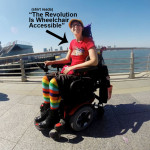 Michele Kaplan is a queer (read: bisexual), geek-proud, intersectional activist on wheels (read: motorized wheelchair), who tries to strike a balance between activism, creativity and self care, while trying to change the world.
Michele Kaplan is a queer (read: bisexual), geek-proud, intersectional activist on wheels (read: motorized wheelchair), who tries to strike a balance between activism, creativity and self care, while trying to change the world.

